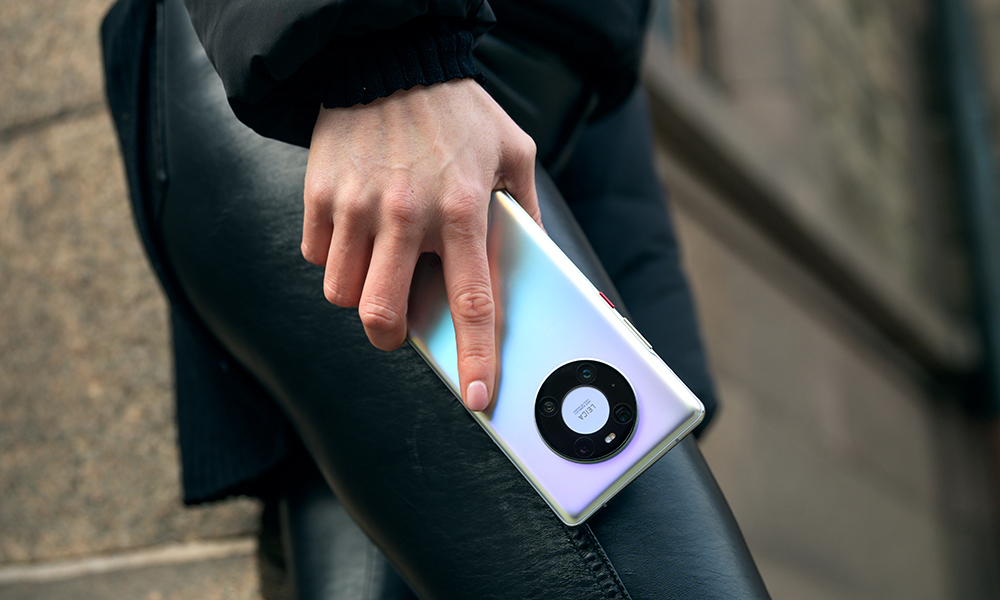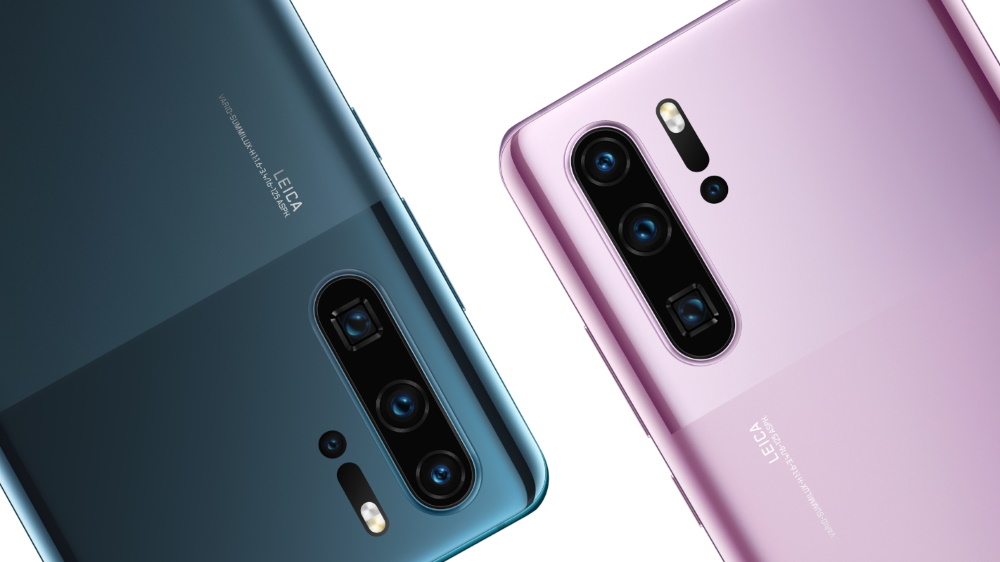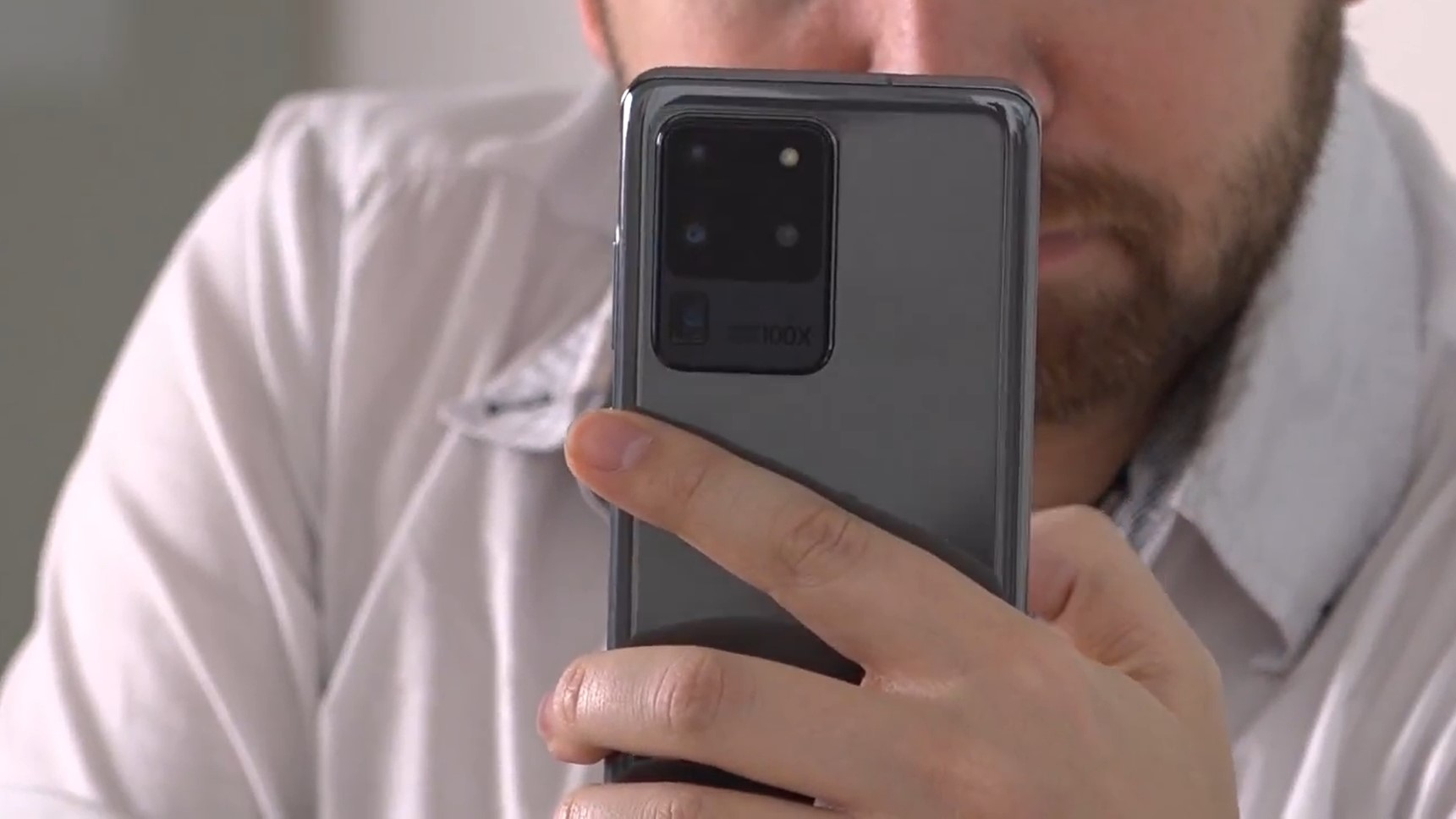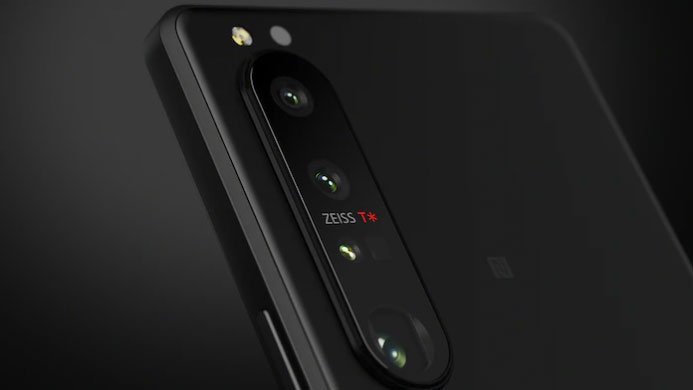Periscope vs telephoto smartphone cameras: what's the difference?
To zoom or to zoom further, that is the question

The best camera phones are taking better pictures than ever, grabbing loads of detail in photos, shooting 4K and even 8K video, and delivering more zoom than the most versatile DSLR lenses.
But not all camera zooms use the same technology, and there are more powerful types of zoom than others. With terms like digital zoom, optical zoom, telephoto, and periscope being used – it can be confusing, but it doesn't need to be.
Let's start with some terminology. First up – telephoto simply means a camera lens that has a far reach – no actual zooming required. Next, it's helpful to briefly spec up on digital zoom and optical zoom.
Digital vs optical
Digital zoom simply crops into a photo and has been used in digital cameras for decades.
Digital zooms don't really have anything to do with the camera's lens – there's no actual optical magnification going on. It's all in the software.
As a result, even if the zoom feature wasn't available in the camera, you could emulate a digital zoom by simply cropping a photo.
Naturally, the more you crop, the lower the quality of the photo you end up with. A 12MP photo, for example, would turn into a 3MP photo if you digitally zoomed or cropped into it, thereby degrading quality. Generally speaking, therefore, digital zoom is the less desirable type of zoom.
Get daily insight, inspiration and deals in your inbox
Sign up for breaking news, reviews, opinion, top tech deals, and more.
The second type of zoom – optical zoom – is widely seen as better. Using optics (hence the name), your camera lens magnifies the image that lands on its sensor.
Why does optical zoom deliver more detail? Because the zoomed image is captured by the whole sensor – so while a 12MP three times digital zoom image would be reduced to about 4MP, a 12MP three times optical zoom image would be a full 12MP.
Okay, we're done with camera zoom terminology 101. It's almost time to talk about 2019 – the year of the periscope camera. But before diving into periscope zoom tech, we need to understand how zoom lenses work.

Zoom lenses and periscope cameras
The further a camera lens is from the sensor, the further the reach of the camera or the more 'telephoto' it is. This logic is kind of like a telescope – extend the telescope > increase the distance between the lens and your eye > see further into the distance.
So if greater distance equates to more reach, a powerful zoom on a smartphone needs a lens that's far away from its corresponding sensor – making for a thick camera.
This is okay for a short telephoto, as found on iPhones and OnePlus flagships, however, for more than a two or three times magnification, smartphones would need to be very thick. And while thick thighs may save lives, thick phones definitely don't sell well.
This thickness/telephoto reach problem seemed insurmountable until February 2019, when Oppo, a relative unknown in Western markets, announced its first periscope camera module, which was showcased on a concept device at Mobile World Congress in Barcelona.
By creating a mini submarine-like periscope in the chassis of your smartphone with a prism, Oppo extended the distance between the lens and the camera sensor, bouncing light and creating a magnification of roughly five times that of the main camera. The periscope zoom smartphone was born.
Just a month after Oppo's announcement, Huawei unveiled the excellent P30 Pro in Paris, then Oppo launched the Reno 10X Zoom, after which Samsung launched the Galaxy S20 Ultra.
Sony, Vivo, and Xiaomi all brought their own periscope zoom smartphones to the market soon after, and Apple… well, Apple did what Apple does.

If it isn't on an iPhone, does it even matter?
There's absolutely no doubt about it – as far as camera phone zooms go, a good periscope camera, as found on the Google Pixel 6 Pro, Huawei Mate 40 Pro, and Oppo Find X2 Pro, outperforms a good traditional optical zoom camera.
The fact Apple hasn't incorporated a periscope zoom on its iPhone shouldn't alarm you, after all, Apple runs on Apple time.
Wireless charging made its way onto the Nokia Lumia in 2012, for example, but the first iPhone to feature the tech was the iPhone 8 in 2017. As for water resistance, Sony had been IP-certifying its phones since 2013, but Apple just jumped on the bandwagon in 2016 with the iPhone 7.
Given this standard delay on iPhones getting certain features, we're anticipating Apple will either adopt a periscope zoom or innovate its own way of getting you closer to subjects in 2022 or 2023.
After all, the photos you can capture with a powerful zoom lens offer advantages you simply can't replicate with the main camera or a weak telephoto.

Why would I get a periscope camera phone?
Portrait photographers love powerful periscope cameras for a few reasons. One is that the mightier the zoom, the greater the distance between photographer and subject.
If a portrait photographer doesn't have to get close to their subject, they can take a more candid, less posed shot. This also applies to nature photography – bees and other insects, and even pets or children that might be distracted by you being very close to them generally photograph better when unaware of the photographer.
Periscope cameras also deliver more background blur than wide and ultra-wide cameras. The reason for this is that the greater reach produces a more limited focus depth.
In the right hands, therefore, a periscope camera can capture a DSLR-style photo, complete with a sharp foreground and blurry background, even if no special effects or portrait modes are active.
What's even more exciting about periscope cameras is that the future of the tech is so promising.

Sony launched the Xperia 1 III in 2021. It features a periscope camera, however, unlike older modules, the Xperia 1 III's periscope camera sports two focal lengths, so takes photos at roughly three times and five times zoom.
In August 2021, Oppo also announced a new continuous zoom lens technology that builds on Sony's two-stage variable zoom, and covers the entire zoom range in between.
That means you can go from 85mm through to 200mm – maximum optical zoom freedom, just like with a real camera.
So in the face of smartphones having been hampered by small sensors and slender frames for years, it's incredible to see the degree of ingenuity engineers have applied to deliver excellent camera phone zooms.
Even digital zooms today are better than ever, thanks to high-resolution sensors and intelligent photo processing; however, if you really want the champion of smartphone zoom in 2021, you'll want to pick up an excellent quality periscope camera phone.
Basil Kronfli is the Head of content at Make Honey and freelance technology journalist. He is an experienced writer and producer and is skilled in video production, and runs the technology YouTube channel TechEdit.

